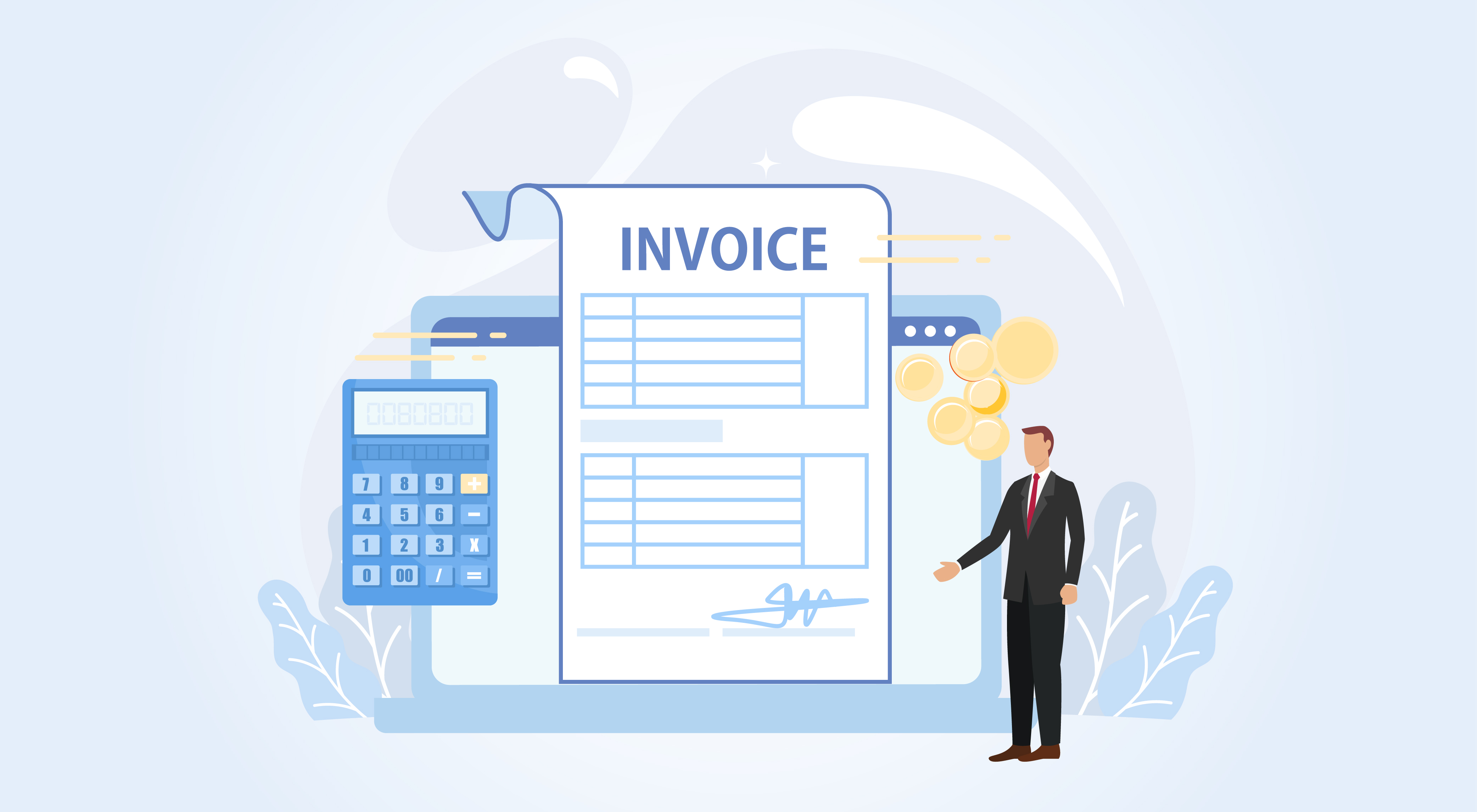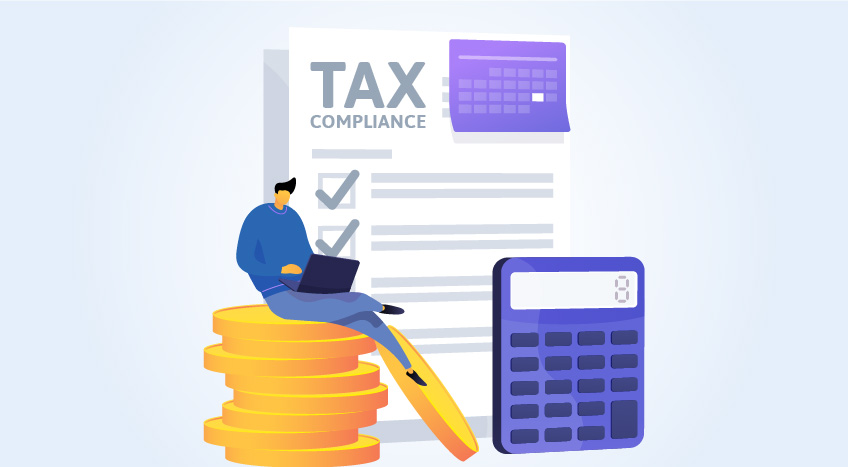VAT in Oman being a consumption tax that is levied on value addition at each stage of the supply chain. This is achieved through the concept of input VAT deduction, which allows businesses to set off the VAT paid on purchases/expenses with the VAT collected on sales.
Before we understand the concept of input VAT deduction in Oman, let’s get familiar with 2 basic terminologies – Input VAT and Output VAT
- Output VAT is the amount that is collected by the supplier on making taxable sales
- Input VAT is the amount paid by the VAT registered business on taxable purchases from the supplier
The Input VAT amount will be paid to the government by your supplier. As a result, the government gives the benefit of input VAT deduction to the recipient or the buyer. Let’s understand more about it.
Input VAT deduction
The concept of input VAT deduction allows businesses to recover the VAT paid on the purchases or expenses and then set off it against the VAT collected on the sales. Thus, at any given point, you will be required to pay only the excess VAT i.e., excess of output VAT over input VAT to the authorities. This concept is also called input tax deduction.
Let us understand input tax deduction with an example.
Ali Enterprises is a trader in electronic goods. The following are the purchase and sales recorded in the month of July.
|
Purchase |
|
|
Taxable Value |
VAT 5% |
|
8000 |
400 |
|
1000 |
50 |
|
1500 |
75 |
|
Total Input VAT |
525 |
|
Sales |
|
|
Taxable Value |
VAT 5% |
|
10000 |
500 |
|
2000 |
100 |
|
600 |
30 |
|
Total Output VAT |
680 |
From the above example, the total VAT paid by Ali Enterprises on their purchases is OMR 525. The total VAT collected on sales is OMR 680.
Now, Ali Enterprises can claim input VAT deduction of OMR 524 and set off it against output VAT of OMR 680. The final VAT payable by Ali Enterprises is 155 (680–525).
Input VAT deduction eligibility in Oman
While the concept sounds too good, can businesses claim input VAT deduction on all the purchases or expenses? Are there any conditions or guidelines for claiming input VAT deduction? Any restrictions? To answer, the Oman VAT law and the regulation has provided specific guidelines that businesses need to comply with. Largely, the eligibility to claim input VAT deduction depends upon the nature of use.
For businesses to recover input VAT, the purchases or expenses should be used in making taxable supplies or related to business activities. In other words, the purchase or expenses should be directly or indirectly used in supplying the goods or services that are taxable or zero-rated. The VAT paid on capital goods such as machinery, equipment etc. can also be claimed as input VAT deduction if these are used for business purpose.
In case, the purchase or expenses are used in supplying goods or services which are exempted from VAT or used for non-business purposes (personal usage), you will not be allowed to recover the input VAT on such purchases or expenses.
The below table will give you a snapshot of different nature of usage and the eligibility to claim input VAT deduction.
|
Input VAT Deduction Eligibility |
Nature of usage |
Eligibility |
|
For making taxable supplies |
Yes |
|
|
Zero-rated supplies |
Yes |
|
|
Exempt supplies |
No |
|
|
Non-business purpose |
No |
|
|
Used for making taxable as well exempt supplies |
Partially recoverable* |
|
|
Used for making taxable and personal use |
Partially recoverable* |
|
|
Capital goods |
Yes |
*Partial recovery will be allowed to the extent it is used for making taxable supplies or for business purposes in accordance with the provisions mentioned in Oman VAT law and regulation
Over and above the general rule of claiming input deduction, certain supplies are blocked for input VAT deduction, irrespective of the nature of usage. To know more about eligible expenses and the ones that are blocked, read the following article.
- Purchases/Expenses Eligible for Input VAT Deduction
- Expenses on which Input VAT Deduction is Blocked
Read more on Oman VAT
Oman VAT, VAT Invoice in Oman, Best VAT Software in Oman, Exempt Supplies in Oman VAT, How to Calculate VAT in Oman, What is VAT and How does it work, What are the Benefits of Applying VAT in Oman, How is Introduction of VAT going to Affect Oman Economy, Place of Supply of Services under Oman VAT, Place of Supply of Goods under Oman VAT, Value of Supply in Oman VAT, How does VAT affect Omani businesses
VAT Rate
VAT Rate in Oman, Zero-Rated supplies in Oman VAT, Food Items Subject to Zero-rate VAT in Oman
VAT Registration
VAT Registration Guide in Oman, VAT Registration Deadline in Oman, Who Should Register Under Oman VAT, Business Benefits of Voluntary VAT Registration, Oman VAT Registration Guide for Persons with CRN, What is Tax Group Registration in Oman VAT
VAT Return
VAT Return in Oman, Oman VAT Return Format, FAQs on Oman VAT Return, How to File Oman VAT Return









